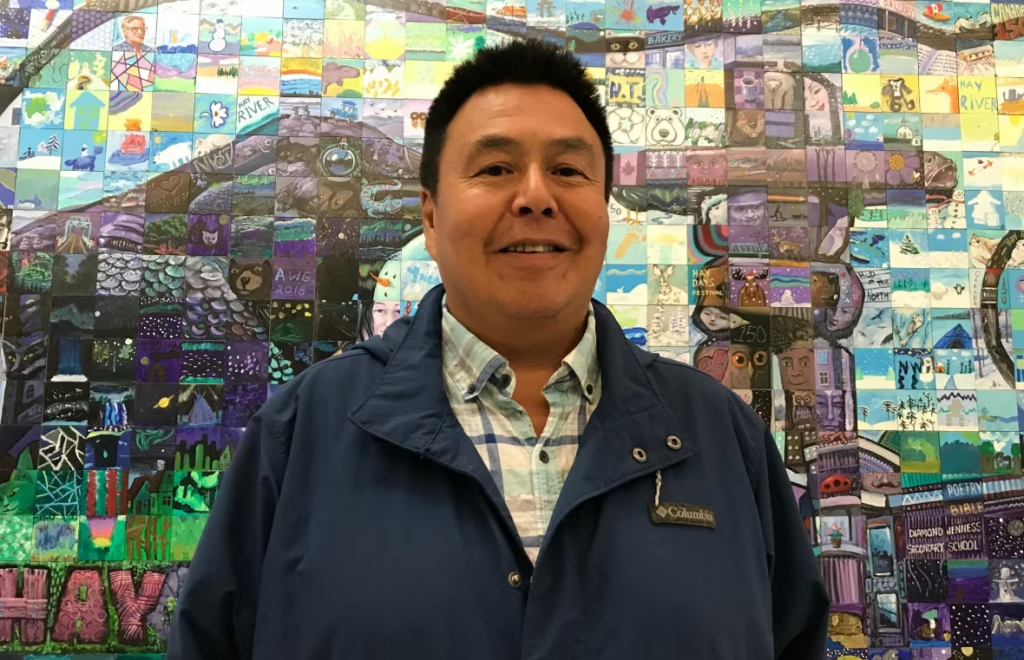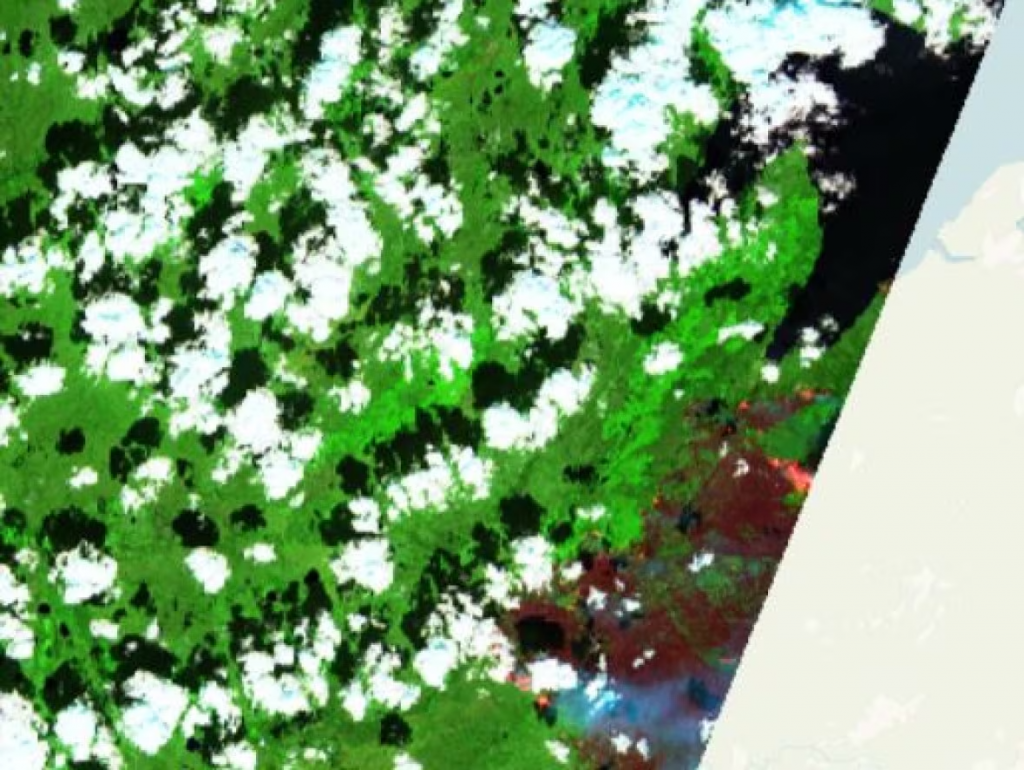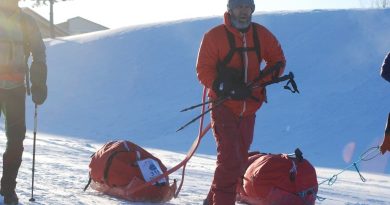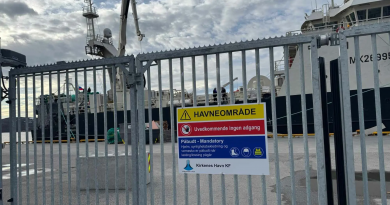4000 sq km burned near Sambaa K’e. What does that mean for fish?

As other communities have seen, wildfires can bring big and small changes
After a wildfire tore through the forest around Kakisa, N.W.T., in 2014, Lloyd Chicot began noticing changes in the lake: the pickerel grew fatter, and the pelicans moved in.
Chicot, the chief of Ka’a’gee Tu First Nation, attributes the change partly to climate change and partly to runoff from the fire, which brought nutrients and debris into the lake.
“Right after the fire, there was a lot of burnt driftwood and that kind of stuff,” he recalled.
Seagulls, once a common sight, dwindled in numbers, to be replaced by fish-devouring pelicans.
The changes in that community are a glimpse into how forest fires can affect the ecology of the areas they burn.
Changes can be fairly minor, like those seen in Kakisa. But Kevin Timoney, a senior ecologist with Treeline Ecological Research in Alberta, says wildfires can also have major effects — especially on areas of peatland, like those around Sambaa K’e.

The wildfire currently threatening Sambaa K’e has eaten up more than 4,000 square kilometres of land south of that community, burning in both the N.W.T. and B.C. The community of nearly 100 people was evacuated on May 31. Residents are still waiting to learn when they can go home, or whether the fire will overtake their small community.
The fire is also encroaching on the community’s main food source: Sambaa K’e Lake, also known as Trout Lake.
Satellite imagery from Tuesday shows the northeast arm of the fire approaching the lake’s edge. Sambaa K’e draws its water from that lake, and many people live off the fish there.
Timoney, who studies the way contaminants affect water bodies, said one of the most immediate dangers for the lake could be a spike in mercury levels.
That’s because mercury lives in all the peaty soil and vegetation around the lake — and can get stuck onto smoke particles and carried into the water, where it becomes toxic.
“Once it gets in the lake, it’s very difficult to remove,” he explained, adding that it could accumulate in the food chain and pose a long-lasting problem for anyone wanting to eat fish from the lake.
“Whether that will pan out will depend very much on the actual nature of the fire: how deeply it burns into the peat, the direction of the wind, how erodible the soils are.”
Mercury is already present in that lake. In 2016, the N.W.T. government issued notices to limit consumption of larger walleye and lake trout in that lake, due to higher-than-recommended levels of mercury.
The N.W.T. government keeps a list of lakes and rivers where notices have been issued about fish consumption. Kakisa Lake isn’t among them, though Tathlina Lake to the south has a notice in place for pike and walleye, which contain higher levels of mercury than recommended.
In an email, the N.W.T. Department of Environment and Climate Change said it has an “extensive monitoring network” to watch out for contaminants like mercury from fires.
“In Sambaa K’e in particular, there are several water quality monitoring sites run through the N.W.T.-wide community-based monitoring program,” spokesperson Mike Westwick wrote in an email.

Timoney said that sort of monitoring is key to making sure communities know whether their fish are safe to eat after a wildfire.
He said changes in fish like Kakisa saw — with pickerel getting fatter — comes with dangers, since contaminants often live in the fatty parts of fish.
Westwick pointed to several initiatives that track water quality, including projects monitoring specifically for heavy metals like mercury.
That includes a project being led by the Dehcho First Nation and a researcher from Wilfrid Laurier University that has been ongoing for more than a decade, one part of which involves looking at how permafrost thaw and burned areas affect mercury levels in fish.
-With interviews from Rachel Zelniker and Hilary Bird
Related stories from around the North:
Canada: Evacuation order issued for wildfire-threatened Sambaa K’e, N.W.T., CBC News
Norway: Smoke from Canadian wildfires forecast to reach Norway, The Associated Press
Sweden: High risk of wildfires in many parts of Sweden, including North, Radio Sweden
United States: Wildfires in Anchorage? Climate change sparks disaster fears, The Associated Press



